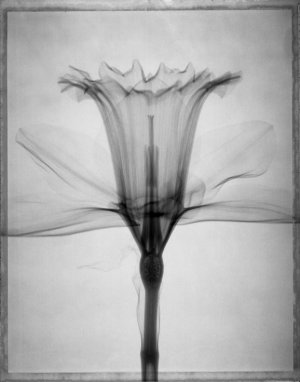Erik van Straten
Veteran
This picture is taken with Hermans' own Elmarit 21mm f2.8. I've never owned a 21mm myself.
gelatin silver print (elmarit 21mm f2.8) leica m3
https://www.flickr.com/photos/erik_v...69320/sizes/l/
Erik.

gelatin silver print (elmarit 21mm f2.8) leica m3
https://www.flickr.com/photos/erik_v...69320/sizes/l/
Erik.







